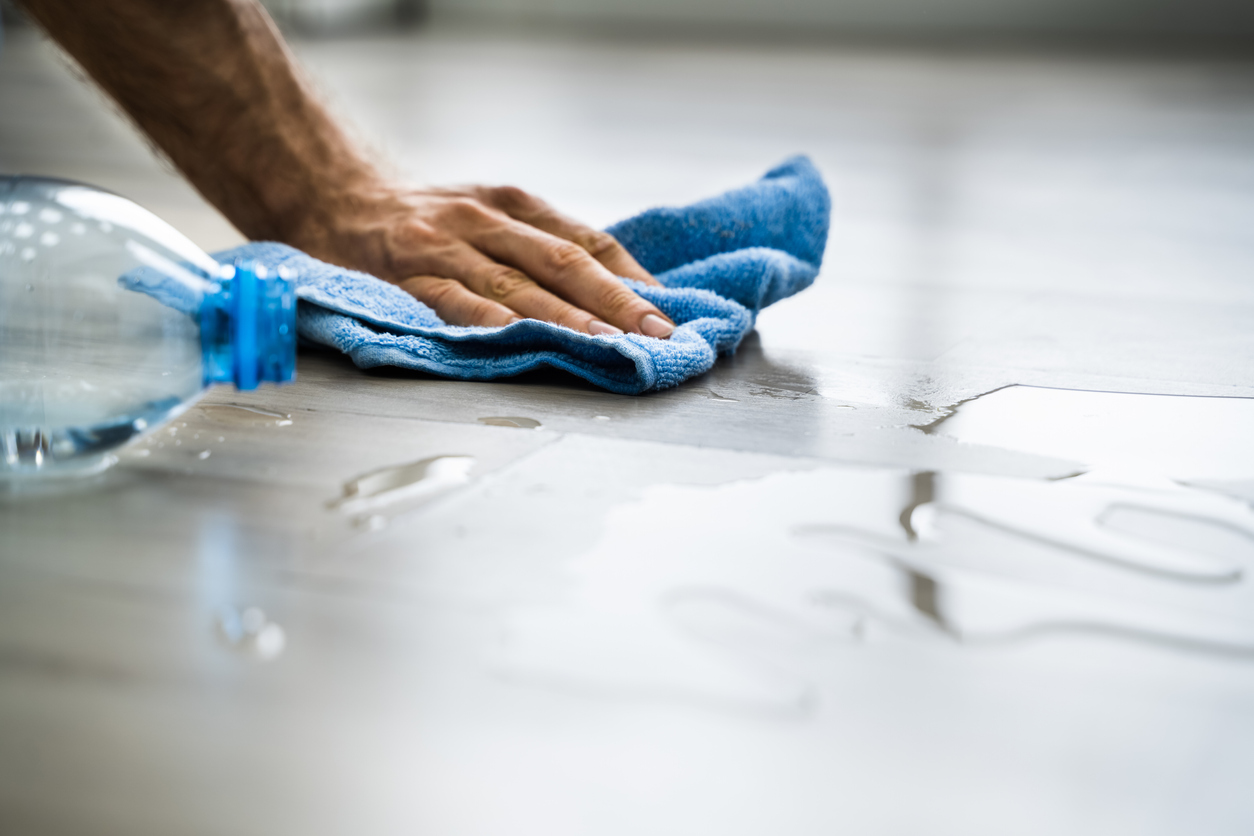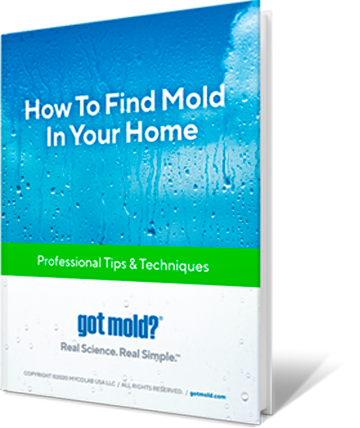
Do you need to reduce humidity in your home?
Don’t wait to address the issue. The clock is ticking.
Every hour that passes after a water leak — or excessive humidity builds up — is an hour closer to having a mold problem, which can lead to significant health and home issues.
Discover how long you have to fix the issue and ways to reduce humidity in your home.
How Long Until Excess Moisture Leads to Mold Growth?
The industry standards for water damage and mold removal state that you need to take action within the first 24-48 hours to prevent your moisture problem from becoming a mold problem.
Why?
Mold spores are ubiquitous. They are found in every climate and every place. Mold spores make their way into your home in many ways. A gentle breeze carries them in from open windows, and spores are always happy to hitch a ride right through your front door via the bottom of your shoes or your pet’s fur.
Mold spores are everywhere.
But they only become a mold problem when excess moisture comes into play.
“Once fungi are inside,” says the World Health Organization, “growth can only occur in the presence of moisture.”
This means that moving quickly to control moisture in your home is essential for preventing a mold problem, and that includes keeping your humidity at a safe level.
These three steps can help you reduce indoor humidity.
1. Control the Source
Before you can start reducing the amount of moisture in your home, you’ll need to identify and control the source.
While this sounds like a job for a professional, fear not. With a little sleuthing (and a few affordable tools), you can most likely find the source of excess humidity all on your own.
You can use a hygrometer to measure the humidity in various home areas. Everyday tasks such as cooking, cleaning, and laundry can contribute to increased humidity levels, so check kitchens, bathrooms, and laundry areas.
Once, you’ve identified the problem areas, infrared cameras and water sensors can further help determine if an unseen water leak is causing humidity to build up inside your home.
2. Ventilate
Now that you’ve stopped the excess moisture from coming into your home, it’s time to remove the moisture built up inside.
When it comes to ventilation, your first instinct may be to throw your windows wide open. But, depending on your climate, opening a window may do more harm than good. If you live in a particularly humid environment or it is the middle of the rainy season, opening a window could allow excess humidity to enter your home, exacerbating your moisture problem even further.
The best way to ventilate kitchens, laundry rooms, and bathrooms is to run exhaust fans.
When you’re cooking, running a shower, or doing a load of laundry, a properly functioning exhaust fan will vent the moisture out of your home.
A big note of caution, however:
In order to properly ventilate moisture and reduce humidity in these areas, exhaust vents must vent moisture outdoors, not send moisture into the attic or wall cavities.
If your exhaust vents are simply sending moisture to other parts of the house, they will make your moisture problems more severe and possibly facilitate mold growth in hard-to-reach areas.
3. Dehumidify
Another tool for fending off excess humidity is, of course, a dehumidifier. Not all dehumidifiers are created equal, though, so it’s vital you choose the right one for your situation.
Dehumidifiers range from portable units to whole-house add-ons for HVAC systems. They work by removing moisture from the air and collecting it in a tank.
Dehumidifiers should be set at the lowest setting for maximum effectiveness. In the case of a portable dehumidifier, to avoid constantly emptying the unit’s water collection tank, look for a model with an automatic drainage function. This function deposits the water down a floor drain via a straw.
Pro Tip: Use humidity gauges and dehumidifiers in tandem for maximum effectiveness. Set alerts and utilize mobile apps and automatic settings to ensure your home remains at the ideal indoor levels of humidity: between 40% and 60%.
Check out the Consumer Reports Dehumidifier Buying Guide to get dehumidifier ratings for some of the most popular brands.
Dehumidifying With Your HVAC System
Did you know that air conditioning units aren’t just for cooling your home? HVAC systems can also be used for dehumidifying. In tandem with lowering your home’s temperature, a properly functioning (and properly sized – see below) AC unit will also remove excess moisture from the air.
A Warning About Window Units
When it comes to using a window air conditioning unit for dehumidifying, bigger is not always better. Significant mold growth can often be found on the insulation in air conditioning units. This is fairly common when units are oversized, which causes the unit to cycle on and off. During this process, condensation can develop on the insulation and sometimes even the coils.
Running an AC unit on a lower setting and avoiding the cycle-on/cycle-off process can help prevent mold growth caused by condensation buildup. For smaller rooms, avoid larger units, opting instead for as compact a unit as possible.
How big should your window unit be? Check out this calculator to find the right size air conditioner for your room. help determine the correct size of your window units.
What happens if you don’t get your moisture problem under control? Read our Complete Guide to Humidity and Moisture in the Home for more information on preventing and controlling moisture issues that can quickly turn into mold problems at home.

